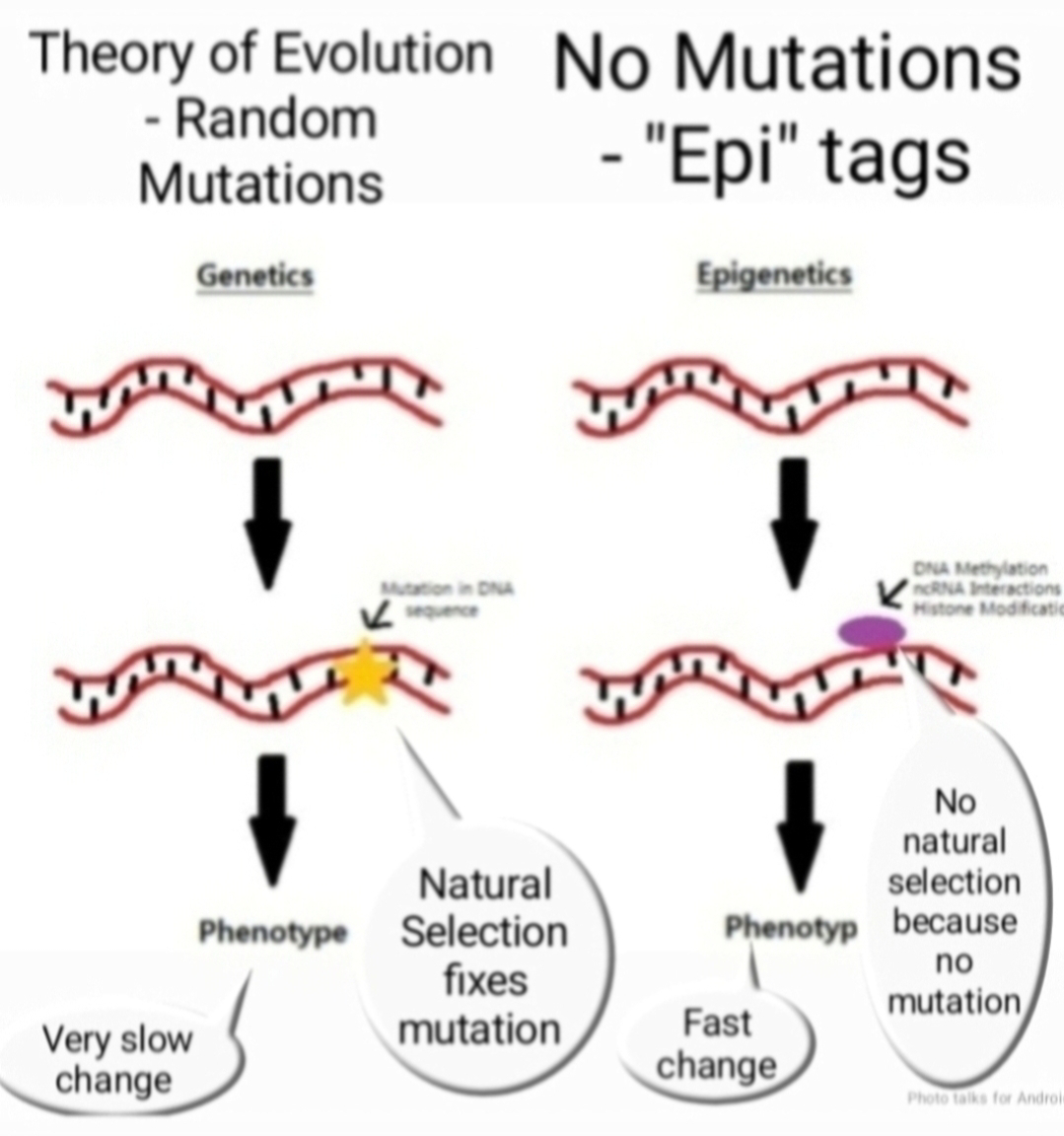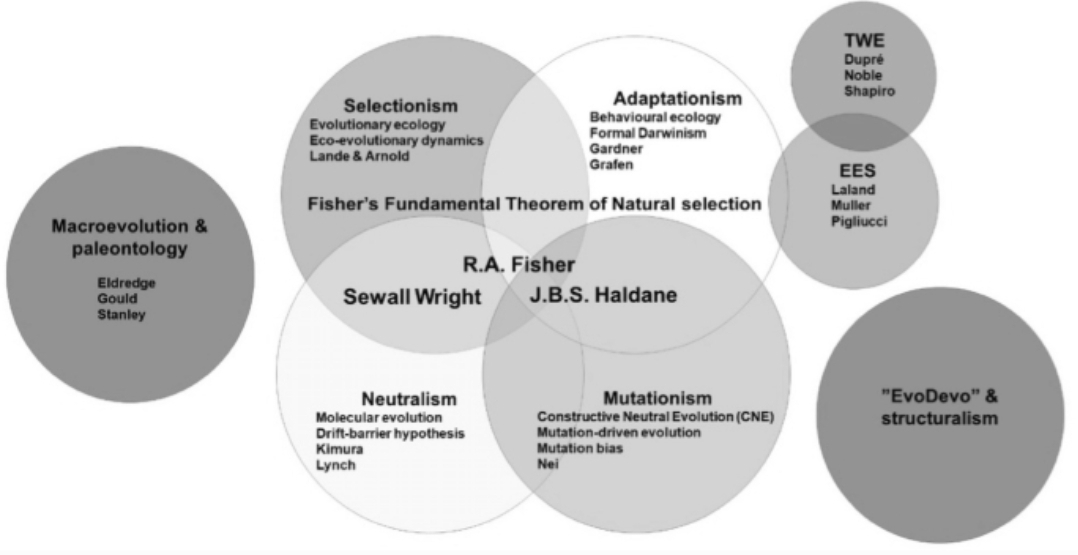The Incommensurable Frameworks of the Modern Synthesis and the Extended Evolutionary Synthesis
Incommensurable refers to things that cannot be compared using the same standards or metrics. Incommensurable ideas or theories stem from fundamentally different frameworks, making direct comparison challenging.
The Modern Synthesis (MS) and the Extended Evolutionary Synthesis (EES) are two frameworks for understanding evolution. While the MS laid the foundation for evolutionary biology, the EES proposes significant revisions to incorporate new discoveries. Here are 10 ways they differ:
Units of Selection: The MS focuses on genes as the primary unit of selection, while the EES acknowledges the role of higher-level units like organisms, groups, and even ecosystems.
Origin of Variation: The MS emphasizes random mutations as the source of variation, while the EES recognizes the role of developmental processes and environmental cues in shaping variation.
Nature of Phenotypic Change: The MS assumes phenotypic changes arise from genetic mutations, while the EES considers the possibility of phenotypic changes influencing genetic variation (e.g., through epigenetic modifications).
Direction of Selection: The MS suggests selection acts primarily on pre-existing variation, while the EES favors the production of specific variations.
Genetic Effects: The MS expects mutations to have small effects, with adaptation occurring gradually, while the EES acknowledges the possibility of large-effect mutations leading to rapid evolutionary change.
Neutrality: The MS downplays the role of neutral mutations (mutations with no effect on fitness), while the EES recognizes their potential for contributing to evolutionary change.
Developmental Bias: The MS treats development as a fixed process, while the EES acknowledges that developmental pathways can constrain or bias evolutionary trajectories.
Niche Construction: The MS focuses on how organisms adapt to their environment, while the EES considers how organisms can modify their environment, shaping selection pressures for future generations.
Symbiosis: The MS largely overlooks symbiosis, while the EES recognizes its prevalence and its potential role in driving evolutionary change.
Cultural Evolution: The MS doesn't address cultural evolution, while the EES acknowledges the role of learned behaviors and their transmission through social learning.
These differences highlight the ongoing debate about how evolution works. The EES challenges the MS and is incommensurable with it.




Comments
Post a Comment